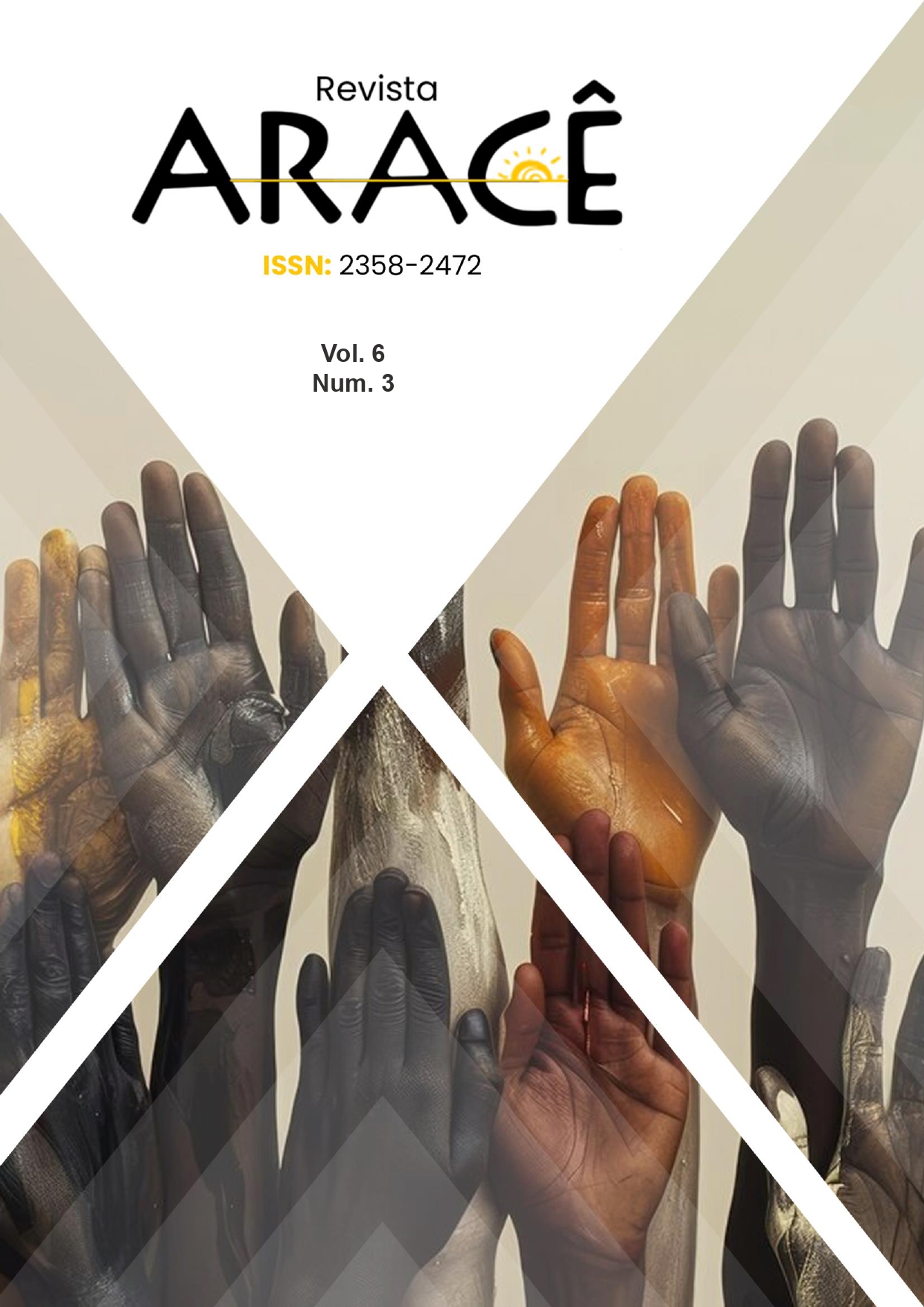DESAFIOS DA GESTÃO ESCOLAR DEMOCRÁTICA: A VIOLÊNCIA NA ESCOLA E A PROMOÇÃO DA CULTURA DE PAZ
DOI:
https://doi.org/10.56238/arev6n3-352Palavras-chave:
Bullying, Cultura de Paz, Gestão escolarResumo
Como enfrentar os desafios na gestão escolar democrática no combate à violência, mais especificamente, no combate ao bullying e à promoção da cultura de paz nas escolas, que são atribuições do gestor escolar, definidas na Lei de Diretrizes e Bases da Educação Nacional, n.º 9.394, aprovada em 1996, é o problema central desta pesquisa. A comunidade escolar, liderada pelo gestor escolar e fortalecida pela gestão democrática, deve instaurar projetos para promover a cultura de paz e combater o bullying. Este artigo utiliza dissertações de mestrado e teses de doutorado, notícias e artigos acadêmicos, como “Prevenção do bullying escolar: tecendo saberes da cultura da paz na perspectiva da complexidade” (2019), para analisar o papel do gestor escolar na promoção da paz e combate à violência escolar. Baseado nas legislações n° 13.185/2015, Lei de Diretrizes e Bases da Educação Nacional (Lei n° 9394/96) e Estatuto da Criança e Adolescente (Lei n° 8.069/90), o estudo qualitativo recorre à pesquisa bibliográfica e documental. Os resultados indicam a necessidade de liderança exemplar, ambientes seguros, capacitação de profissionais, parcerias sociais, serviços de apoio às vítimas e pesquisas diagnósticas para compreender o problema.





